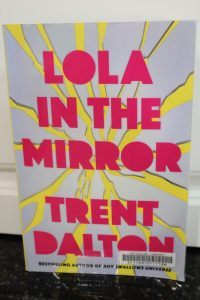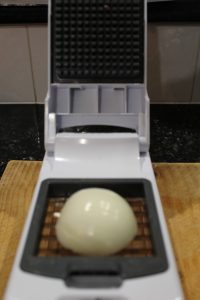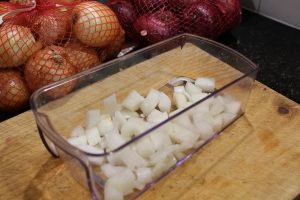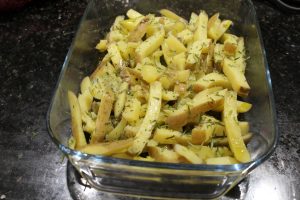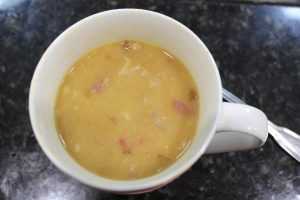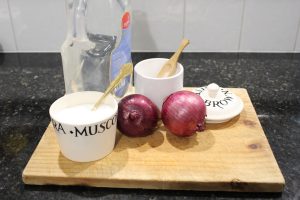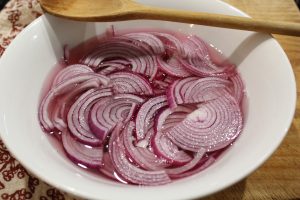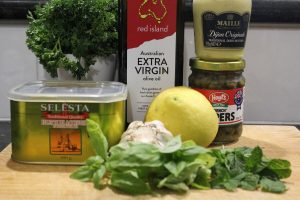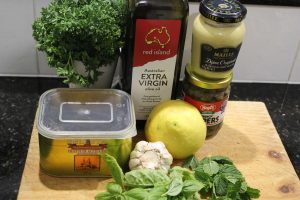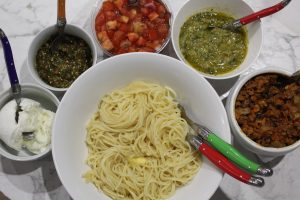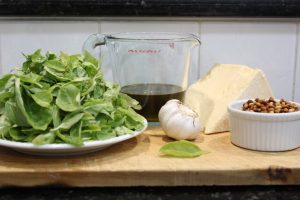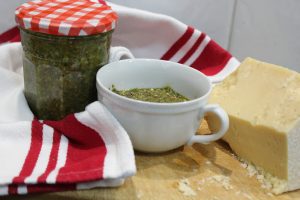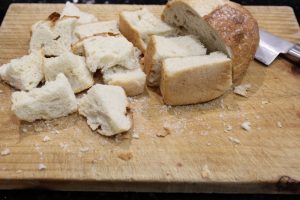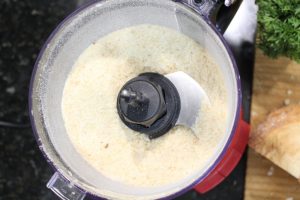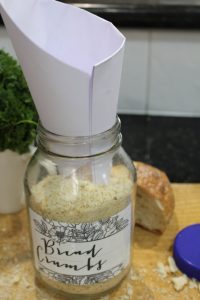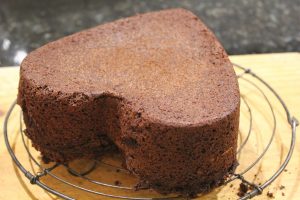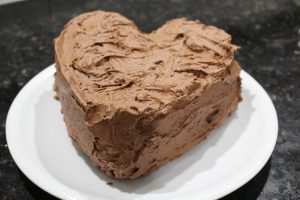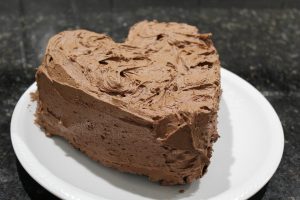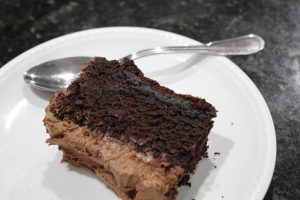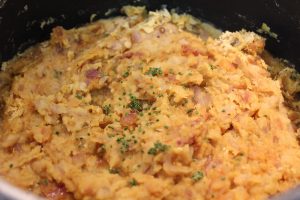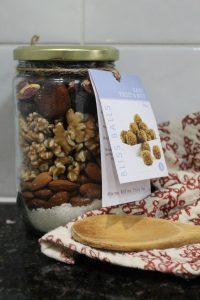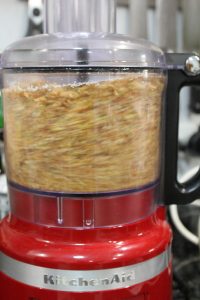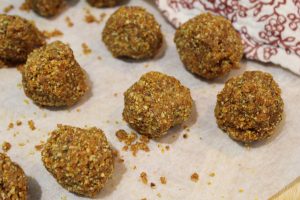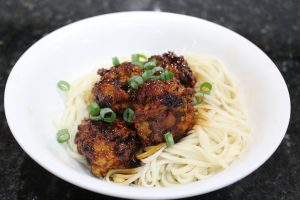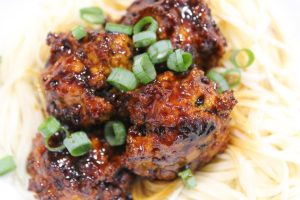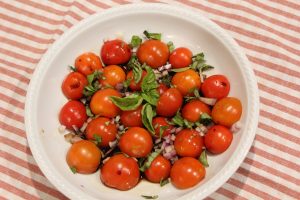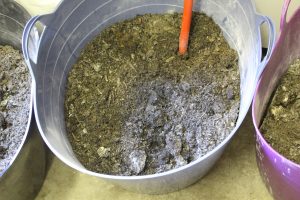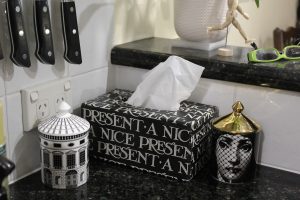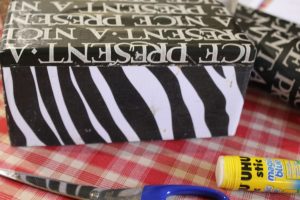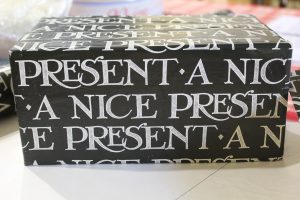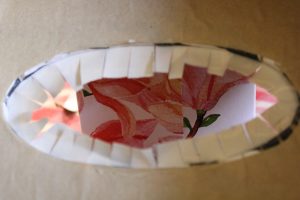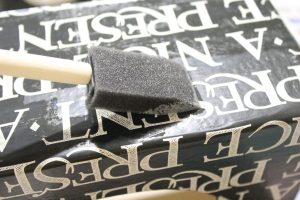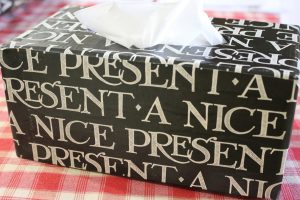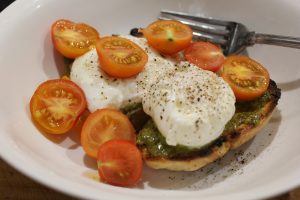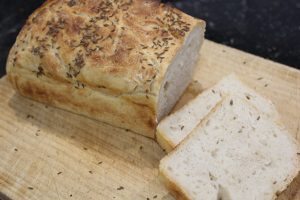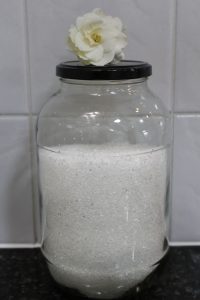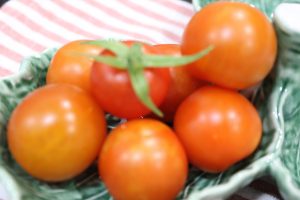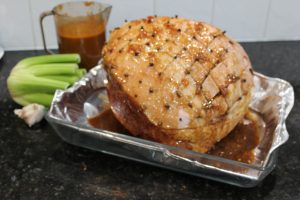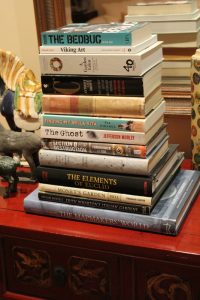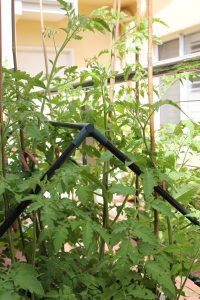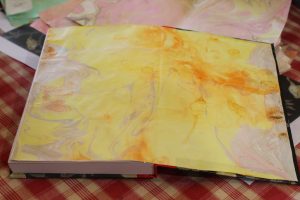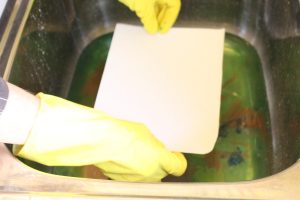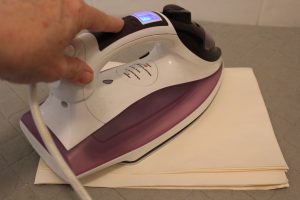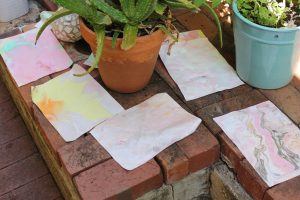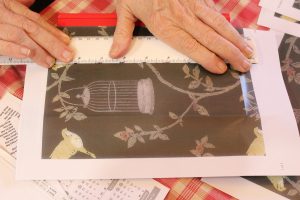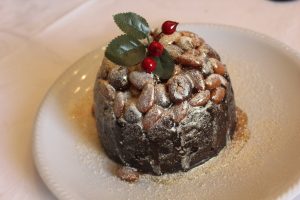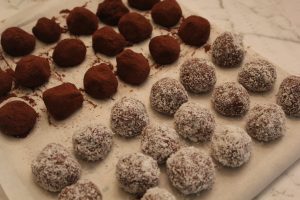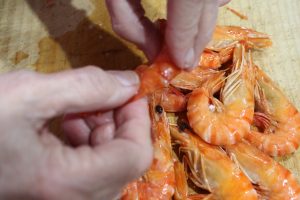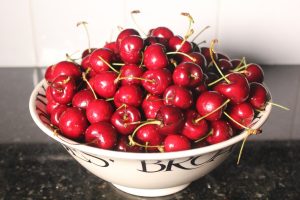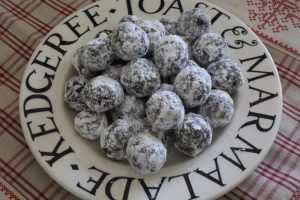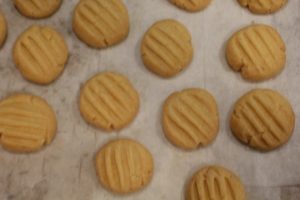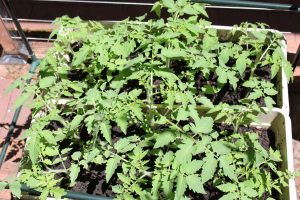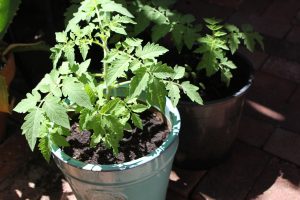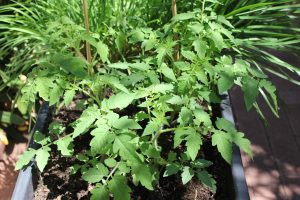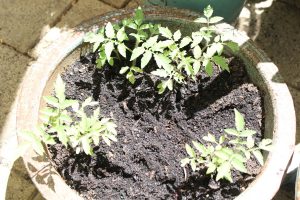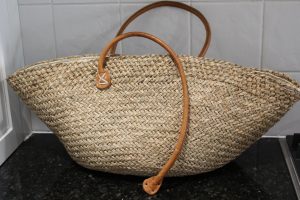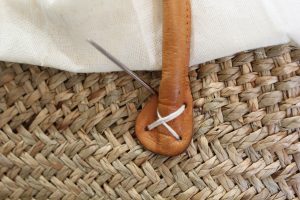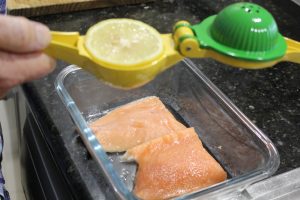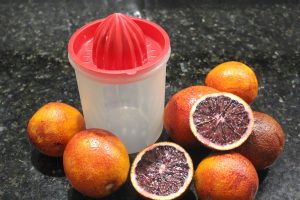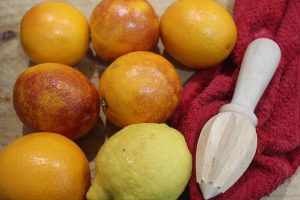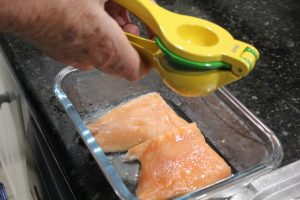autumn occupations
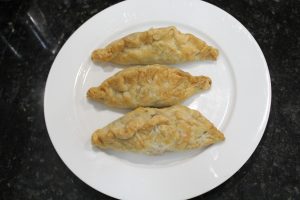

It’s mid April and our daily temperatures are still around 30ºC (86º F). Often Easter time here is wet and windy but not this year. Despite no rain for us, last week some of the northern suburbs had a storm resulting in flooding and partially submerged cars. Quite unusual for Perth.
It was a bit cooler in the evening and this inspired me to make pasties. I set up a production line of meat sauce, pastry and prepared oven trays. While the filling cooked I cut out rounds of pastry. Made the pasties then cooked lots of them at once. Now they’re stored in the freezer. My husband eats them steadily until they’re all gone. Then I might make more. Depends on the weather!
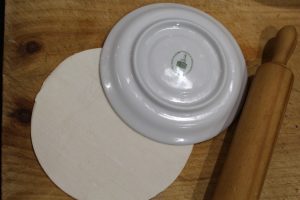

Now days I buy the pastry and use a saucer to cut to size.
Pasties originate from Cornwall. They traditionally had a savoury half and a sweet half, marked with a S. They were easy for miners to take for their lunch. The crimped edge was a handle which could be discarded when the rest of the pastie was eaten.
I make them with a mix of mince flavoured with onions and Worcestershire Sauce, plus diced mixed vegetables and then a little thickening with flour. So, not really traditional but well received, anyway! And we eat the crimped ‘handle’, too.
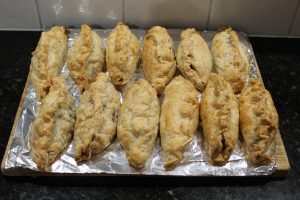

reading
I’ve just finished Rachel Johns’ book The Other Bridget Jones. An easy and fun read, this is the story of a librarian who has a special skill for matching readers to books. Not only did I know many of the books featured but I knew the library, the pubs, the beaches and the streets, the markets. The book is set in Fremantle. I go to Fremantle every week to my yoga class. It’s not often I know the environment featured in fiction but I really enjoyed knowing the places described in this romantic comedy.
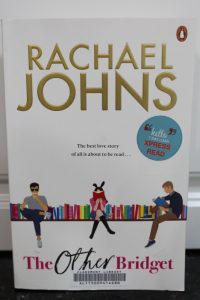

A smart, funny book, probably intended for a younger audience but I identified with the author’s respect for the power of books and the clever, if slightly predictable way the plot revealed itself. Johns, originally an English Teacher, is considered Australia’s leading author writing about modern womens’ issues. A good read, even though I’ve been married forty years and don’t share most of the issues!
The other book I’ve read this week is Dr Kate Luckins’ Live More With Less. Again, I think this book was intended for a younger audience. Although she believes she is presenting ‘a practical and optimistic guide to balancing planet friendly habits’ I found many of the beliefs this book is based on just didn’t resonate.
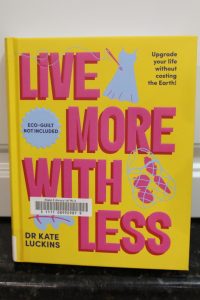

I kept reading because there are sustainable changes I want to make to create less landfill and avoid plastics where ever possible. I’m just not sure about the whole climate change belief this book is based on. The book does have some good ideas about how we can buy less of everything and still live well.
The most interesting chapter for me was about buying fewer clothes, swapping them, sharing and renting them and building a capsule wardrobe. I’d been talking to a friend earlier that day about building a capsule wardrobe. I realised so many of the examples of capsule wardrobes I’d seen involved way too many formal or work clothes and too few casual clothes for my retired lifestyle. So, as much as I love the French samples I was following, I actually don’t need ‘smart’ work separates. I need casual and gardening clothes and a couple of more dressy things.


Image Pixabay
The next problem was one I face every morning at the moment. I have been wearing summer clothes since last September. The maximum temperatures have been in the 30ºCs and 40ºCs for the past eight months. No matter how cleverly I arrange the tops and trousers I have, plus a couple of dresses, I am wearing the same things frequently and I’m sick of them! Ditto my sandals.
So, although I found Luckins’ wardrobe advice well thought out, it doesn’t work in my part of Western Australia at the moment. And I bought a new summer shirt because I am so tired of the ones I’ve been wearing for months and months. I’ll be wearing for a while, yet, according to the weather forecasts.

